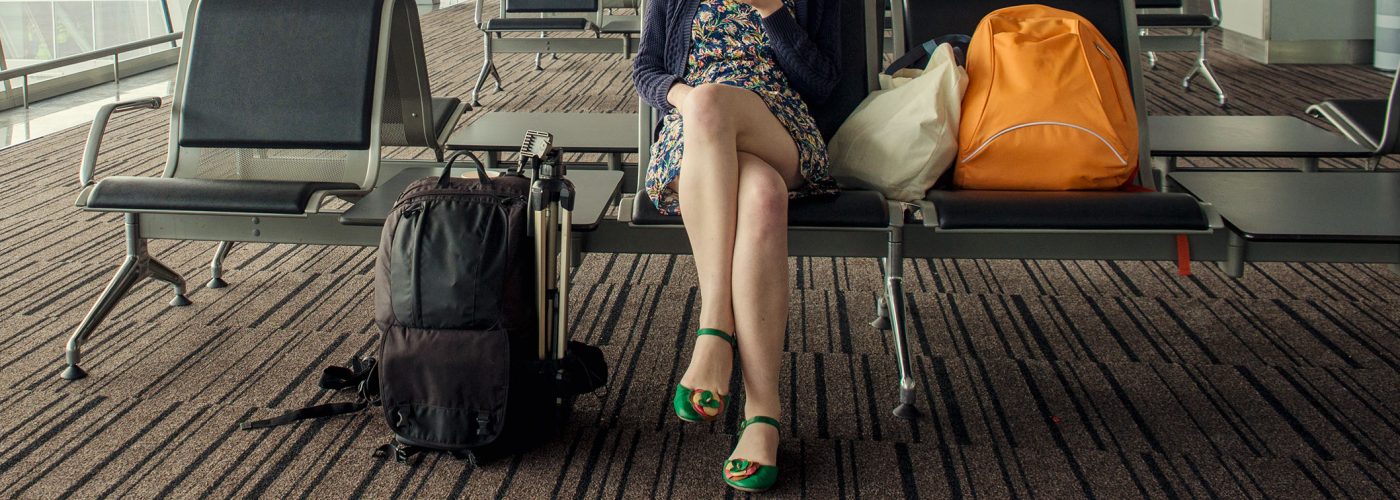A personal item’s definition has ever been unclear. We have all seen passengers rolling their big carry-ons and carrying equally large backpacks and bags on because their “personal item.” The general rule is that your item must fit beneath the seat in front of you, but in my experience, I’ve never seen anybody questioned about their private product.
Personal Object vs Carry-On: What You Want to Know
For decades items have flown largely under the radar, but in this bare deliveries world–where airlines are providing foundation fares but charging for carry-ons–more and more people will be traveling with only a personal item.
When you’re traveling on the cheap and trying to pack at a restricted quantity of space, understanding the rules is vital. Here’s a peek at the personal item and free carry-on constraints for 10 major U.S. airlines.
American Airlines
American specifies the measurements need to have the ability to fit under the seat in front of you and of your item should not exceed 18 × 14 x 8 inches. Larger items that don’t count as personal items include diaper bags, child-safety seats, and medical and mobility apparatus.
In comparison, 22x14x9 inches should not be exceeded by carry-ons. Be aware that instruments along with pets will rely as a carry-on product.
Delta
Delta does not give measurements for things that are personal, but requires that they fit under the seat in front of you. Things that are not personal items comprise: umbrellas, jackets, food and drinks purchased in medical and mobility devices, strollers, child seats, and the terminal.
On Delta, the greatest carry-on size is inches.
Southwest
Southwest is obscure, defining personal items as “one smaller, personal-type thing,” and just specifies that carry-ons do not transcend 24x16x10 inches. It will, however, mention that pets may rely as either a carry-on or even a private item.
United
On United flights items can not be bigger for passengers traveling on economy tickets than 17x10x9 inches and must fit beneath the seat. Things that do not count as your item are: reading material, umbrellas, jackets, airport or food merchandise assistive devices, child safety seats, diaper bags, breast pumps, and pet carriers.
On United, carry-ons should not exceed 22x14x9 inches.
Alaska Airlines
On Alaska flights, personal items are only defined as a “handbag, briefcase, or laptop computer.” Jackets, umbrellas, hats, personal pillows, food, child safety seats, support animals, medications, assistive devices, and “a more reasonable amount of” reading stuff don’t count as personal products.
Carry-ons must not exceed inches.
JetBlue
On JetBlue, personal items should not exceed inches and have to fit beneath the seat. The carrier does not specify.
Carry-ons have to be 22x14x9 inches.
Spirit
Private items on Spirit can be as big as inches, big enough to incorporate a purse or smaller back. It is the only airline which defines that a backpack counts as a personal item.
In contrast, carry-ons shouldn’t be bigger.
Frontier
On Frontier, the dimensions for personal items are inches; items must fit beneath the seat in front of you. Diaper bags, canes, coats, canes, assistive devices, and “foot rungs utilized during prayer” do not count as personal products.
Carry-ons could possibly be as big as 24x16x10 inches.
Hawaiian Airlines
On Hawaiian Airlines’ website, no measurements for personal items are given, but the airline specifies that personal items can include a purse, briefcase, laptop bag, backpack, or “similar product.” Strollers and car seats don’t count as personal items.
Carry-ons must be inches.
Allegiant
On Allegiant, the measurements for items are inches. Examples of items include purses, briefcases, small backpacks, camera cases, and electronics. Jackets, “little” umbrellas, food, and diaper bags don’t count as personal products.
Carry-ons must not exceed 22x14x9 inches.
Jamie Ditaranto is a writer and photographer who’s always searching for her next adventure. Follow her on Twitter @jamieditaranto.
